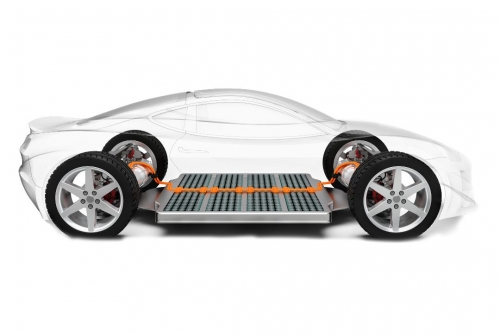Juiced for decades
TDT | agencies
Email: mail@newsofbahrain.com
EV batteries age slower than you think
There is ongoing discourse surrounding the longevity and degradation behaviour of lithium-ion batteries in electric vehicles (EVs), with misconceptions often suggesting they deteriorate significantly within a few years. However, recent large-scale telemetry studies provide data-driven clarity on actual degradation trends.
According to Geotab, which analysed performance data from over 10,000 EVs across multiple OEMs, most EV batteries exhibit an average degradation rate of ~1.8% per annum. This implies that after 20 years, under normal operating conditions, a battery may retain approximately 64% of its original usable capacity, assuming no catastrophic failures.
This estimated 20-year lifespan notably exceeds the average vehicle ownership period in North America (~14 years), indicating that battery longevity is unlikely to be a limiting factor in the usable life of most EVs.
Failure Rates and Architecture
While concerns about high-voltage battery pack failures are valid, empirical evidence shows that modern EVs (post-2013 models) demonstrate a battery failure incidence below 0.5%, largely due to robust battery management systems (BMS) and cell-level fault tolerance.
Thermal Degradation and Climate Sensitivity
Battery degradation is strongly influenced by ambient temperature profiles. Elevated temperatures accelerate electrolyte decomposition and SEI (solid electrolyte interphase) growth, especially during charging. That said, contemporary EVs integrate active thermal management systems, including liquid cooling loops and heat pumps, which maintain pack temperatures within optimal operating ranges (typically 20–40°C).
Users in hot climates are still advised to avoid prolonged exposure to direct sunlight, especially during DC fast charging, as thermal buildup can increase degradation rates. Fast charging introduces higher current densities, elevating cell temperatures and potentially causing lithium plating during high SOC charging.
SOC Range and Chemistries
Battery life can also be optimised by managing depth-ofdischarge (DoD):
• For nick - el-rich chemistries such as NMC (nickel-manganese-cobalt) or NCA (nickel-cobalt-aluminium), maintaining an SOC between 20%–80% is beneficial. These chemistries are more sensitive to high voltages and full charge conditions.
• LFP (lithium iron phosphate) chemistries are more thermally stable and tolerant of full cycles, but recent findings suggest that persistent charging to 100% may still marginally reduce cycle life, especially under elevated temperatures or high C-rates.
Conclusion
In real-world usage, modern EV battery packs are engineered to outlast the vehicles themselves, provided appropriate thermal and charging practices are followed. The convergence of better cell chemistries, thermal management, and BMS algorithms ensures degradation remains within predictable bounds, making battery replacement a non-issue for the majority of end-users over typical vehicle lifespans.
Related Posts

